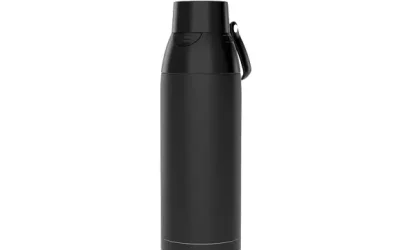Parents of newborn infants always want to do the right thing and keep their babies safe, but it can sometimes be difficult to sort out all of the information, especially when there are varying opinions. However, you likely know what’s best for your baby and will have your doctor’s recommendations as well, which will allow you to make a more informed decision. While the American Academy of Pediatrics recommends that no sleep positioners be used for healthy infants, there are a few options on the market that are safe and approved for use with babies that suffer from reflux.
A study done in 1992 reports that babies who have trouble breathing during sleep or have trouble sleeping can benefit from being placed in the prone position (tummy down) instead of the supine position (on the back). Even though most professionals say that babies should sleep on their backs to lower the incidence of SIDS, there are situations and health concerns that might warrant the prone position being used during times of rest. This option should be fully discussed with your baby’s physician.
Benefits of Prone Positions
For babies with acute respiratory distress, the prone position can help improve oxygenation and ventilation as well as chest wall stability, allowing them to breathe a little easier. Because they will be sleeping better and more restfully, this can also lead to less oxygen consumption. Other studies have reported the beneficial effects of prone positioning, mainly decreased energy expenditure due to less crying and decreased gastroesophageal reflux when combined with a head elevated position of 30 degrees.
Unsupported Positions
An infant suffering from reflux should have supported sleep positioning. There are many consequences that could arise from them being unsupported, such as asymmetrical skull deformation as well as shoulder external rotation and retraction. Babies will usually turn their head to the right when possible, meaning that side could become deformed. Likewise, skull flattening can also occur. In an unsupported position, your baby could start arching their back and neck, which could cause developmental problems and other difficulties. Therefore, it is necessary to look at positional therapy options.
Principles
When considering baby wedges, it is important to evaluate your babies positioning needs. A well designed wedge will promote a rounded shoulders forward posture as well as good boundaries for safe containment. It is important to vary your baby’s positioning throughout the day and include ”tummy time” exercises.
When using an infant wedge for reflux, it is necessary to understand positioning considerations that you have researched or talked about with your pediatrician. Visit RES-Q WEDGE today to find out more about their orthopedically designed wedge.







